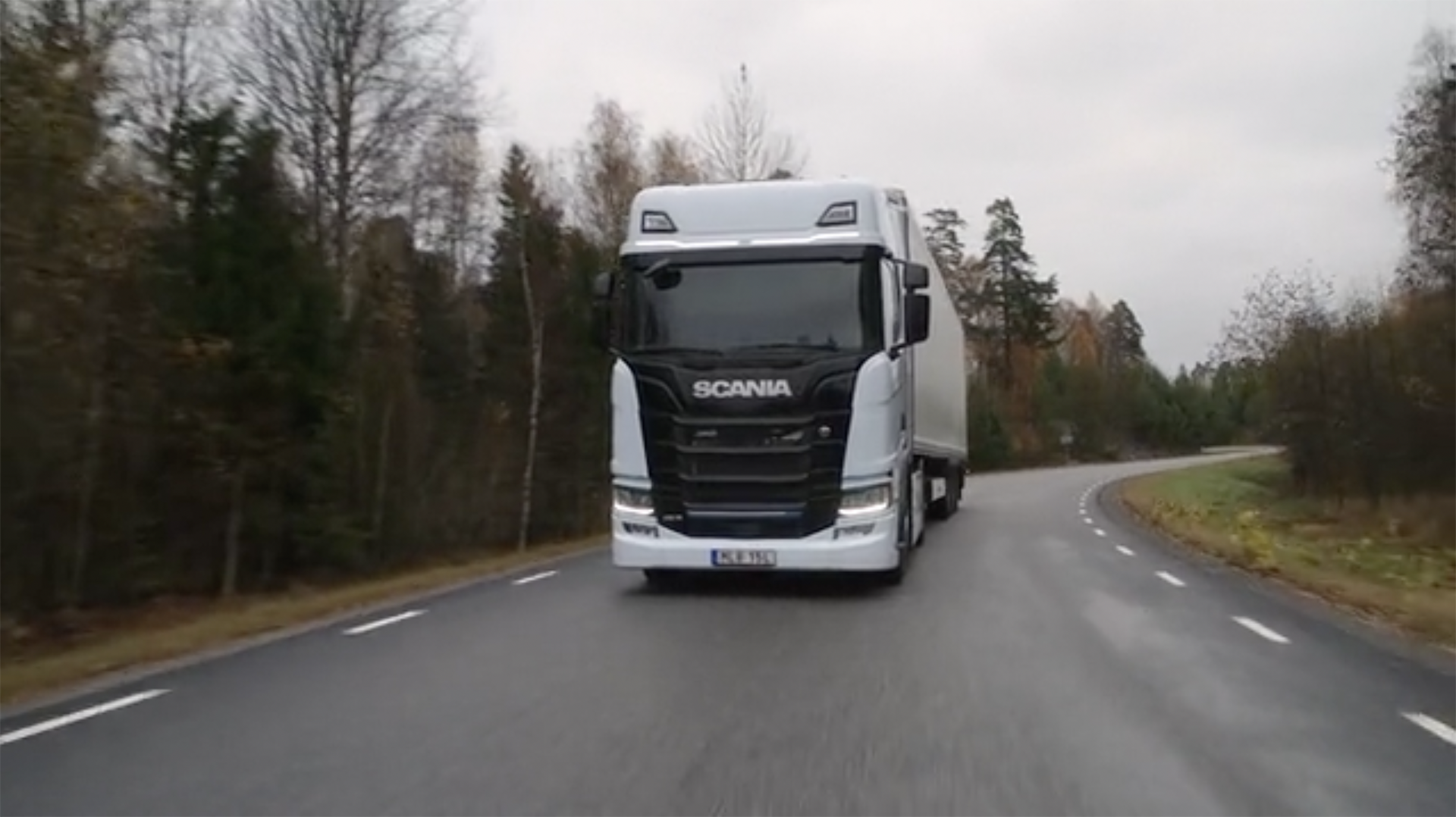Battery electric trucks are ready to completely transform Europe’s transport landscape by 2030. But to be able to do this, the charging infrastructure needs to be in place. A massive roll out will be necessary in the coming years and it is up to the decision makers to make it possible. As we approach the 2030 deadline to more than halve EU greenhouse gas emissions, there is a strong sense of urgency to address carbon emissions from heavy duty vehicles. These account for over 25 percent of EU road transport emissions and around 5 percent of total EU CO2 emissions - a greater share than international aviation or shipping.
The electrification of heavy-duty vehicles will be necessary to reach the EU’s climate target. The good news is heavy duty vehicles is not a hard-to-abate sector anymore. Battery electric trucks provide a solution that is scalable and ready to be deployed and can completely transform Europe’s transport landscape by 2030.
ABB, Scania, E.ON, Enel, Ericsson, Iberdrola and SAP have worked together to identify key technologies for this transition and to identify priority corridors to allow the fastest-possible decarbonisation of heavy duty vehicles. Since we started this joint project in 2020, battery-electric trucks are reaching ranges that allow them to operate across Europe according to existing rest obligations and charging solutions are already being deployed at scale in depots and will soon (2025) include MegaWatt chargers for ultra-rapid stops along key transport corridors.
At this stage of development, regulation is critical to incentivise and provide a stable framework for green electricity, additional grid capacity,the deployment of charging infrastructure, and the uptake e-trucks in logistics. Both ambition and speed will be crucial to meet our climate goals, the good news is trucks don’t stand in the way anymore.



